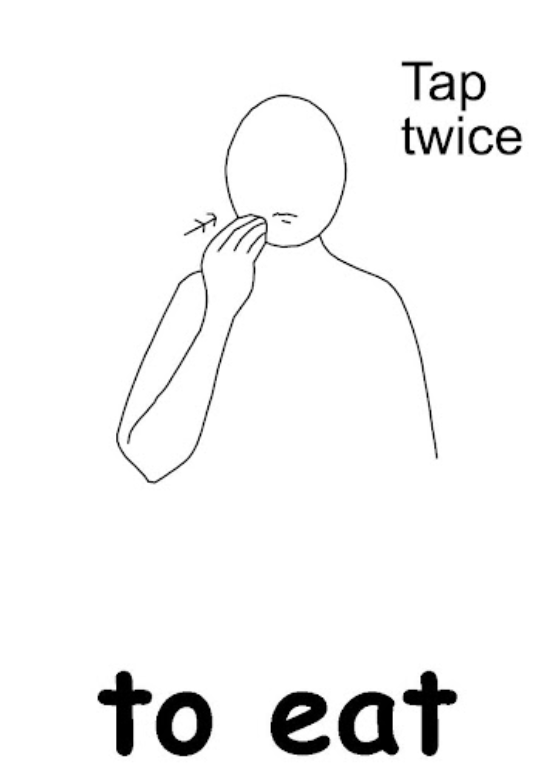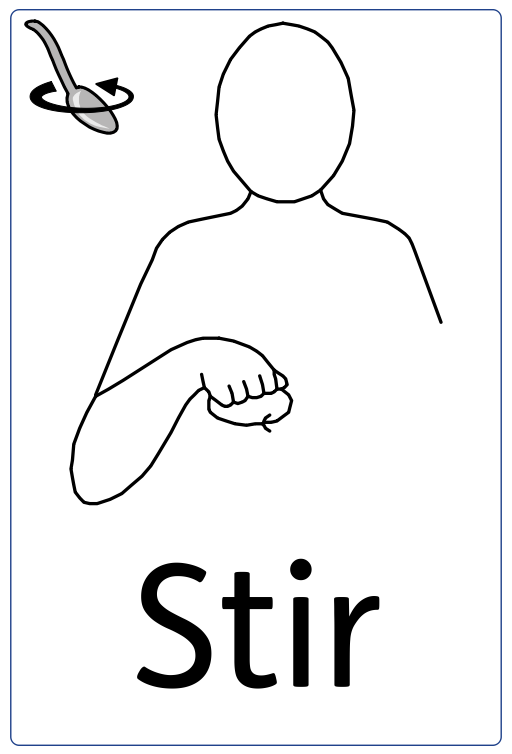Emma: Making Jam accessible

Emma has been part of the Jam and Chutney workshop for several years, and is a key part of the team, with her humour and support of instructors, Katie and Elizabeth. She’s now someone the team can rely on, from setting up the kitchen to teaching staff and volunteers Makaton.
In the Real Jam kitchen we’re finding new ways to make jam-making accessible for everyone and Emma shows what this looks like in practice. Elizabeth, Real Jam instructor says:
‘When Emma comes into the room in the morning, she always greets us and she teaches us a sign. She’s taught me how to say ‘Good morning, Lady Elizabeth,’ and I’ll say back ‘Lady Emma.’
Emma uses both Makaton and verbal speech to communicate and is quick to describe what she enjoys most about the workshop:
‘I like being quick! I be stirring (sign for stirring), tasting (sign for tasting), chopping (sign for chopping). Super quick!’
She’s confident in her skills and proud of what she can do:
‘I’m really good at it! I’m a clever girl!’
Accessibility is at the heart of how the workshop works. Emma doesn’t always approach tasks in the same way as others, but that doesn’t hold her back. For example, she knows when the jam is ready by watching the size of the bubbles rather than relying on a timer. Accessibility here doesn’t mean lowering expectations, it means adapting the methods so everyone can succeed.
She’s learned to take on lots of the kitchen routines: lining up utensils, setting up the hobs, washing up, filling jars and wiping down surfaces. She also helps fetch ingredients and gets everything ready for a busy day. This learning has been a process over many sessions, however Elizabeth points out that Emma picks things up quickly, and through repetition.
‘Emma’s chopping skills, her knife skills are very good as well. She understands where to place her hand on the knife and when she has been corrected and she’s made sizes too big, she actually repeats what I say and she cuts.
‘So she’s very good at repetition. Once you’ve shown her, she watches, she repeats it, and then she does it.’



Emma’s sense of humour is part of what makes her such an important member of the team. If someone makes a mistake, she’ll often respond with a playful Makaton sign to make people smile.
She is obviously proud of the work she does in the kitchen, with a strong focus on how yummy the products taste! We asked her how she felt when she sees the finished product:
‘Fun! We sell them, to other people! I made it, it tastes nice and good and we make it again. Mmm, yummy.’ (Emma signs ‘yummy’ by rubbing her tummy in circles).
She also knows how to communicate her needs. If she needs a break, she’ll let the team know clearly, That self-advocacy, alongside her reliability and skill, makes her an integral part of the workshop.
As Elizabeth puts it:
‘She’s somebody we can rely upon. If we’re running late, we can ask her to get the kitchen started. She’s part of the team.’
Emma’s story shows how, with the right support, accessible communication and approach, an inclusive kitchen can open up opportunities and how jam-making can be reimagined so that everyone has a role.
Want to support more people like Emma and make jam making more accessible? Donate to our Spread the Jam, Spread the Impact fundraiser by 30 September.
